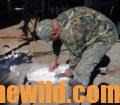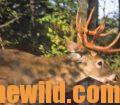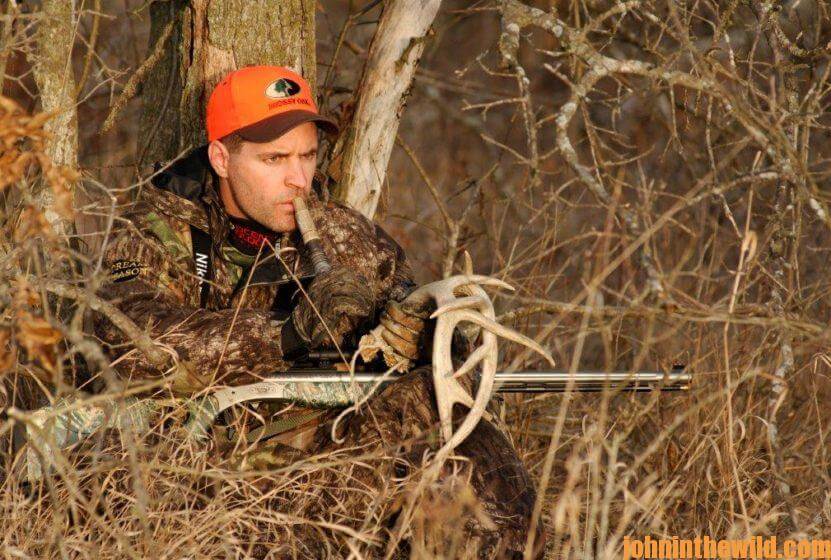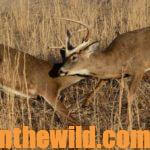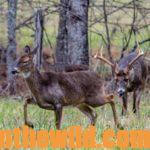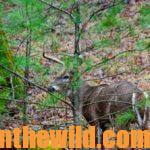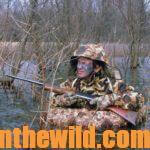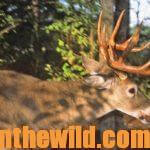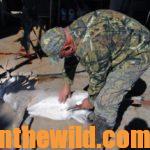Editor’s Note: If hunters will be really honest, sitting 4-5 days in a deer stand when the deer aren’t moving is about as much fun as watching paint dry or maple sap coming down a tree and dripping in a bucket to make maple syrup. But these days can happen. I’m including this week the latest information on hunting deer to help you be more successful: why hunt small properties; why hunt your deer from the skinning shed; how to talk to a buck; and what deer tracks can tell you, besides some of my family’s favorite venison recipes. Luckily several places I deer hunt have potholes where the water collects during the fall or sloughs coming off the main rivers and running through oak bottoms with plenty of acorns floating on top of the water. So, when I tire of hunting deer, and after I’ve watched ducks fly into places like this for 3-4 days and not seen any deer, I’ll let the deer rest. I’ll my shotgun and my waders out of the trunk of my car and wear out those ducks.
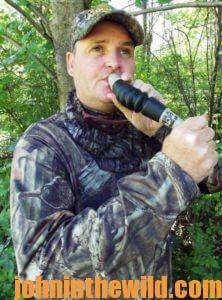 If you’re calling deer, you need two different types of calls – one a subtle, soft deer call that doesn’t have much volume, and a second deer call that’s extremely loud. As nationally-known hunter Mark Drury of Drury Outdoors (https://www.druryoutdoors.com/) explains, “If the buck can’t hear the call, he can’t react to it and come to you.”
If you’re calling deer, you need two different types of calls – one a subtle, soft deer call that doesn’t have much volume, and a second deer call that’s extremely loud. As nationally-known hunter Mark Drury of Drury Outdoors (https://www.druryoutdoors.com/) explains, “If the buck can’t hear the call, he can’t react to it and come to you.”
Deer calls have specific effective ranges. The grunt, the bleat and the wheeze calls only work out to about 50-100 yards. But on a still, calm day, these calls can be heard further. You’ll probably need to use rattling antlers and magnum (loud) grunt calls to call bucks from greater distances to your stand. That’s why I believe every deer hunter should carry one or more deer calls with him or her on every hunt. There’s nothing to lose when you’re not seeing or hearing deer by using a deer call.
How to Use a Two-Man Tactic for Calling Mature Bucks
 One of the most-deadly techniques I learned from two veteran deer hunters years ago was the double-team method of taking bucks. The first hunter/caller would set-up in a tree stand, close to thick cover, with a shooting lane in front of him, and shooting lanes to his left and right. If a buck came charging straight in to this caller, after he gave a grunt call or rattled antlers, the caller should be able to take a shot. But, often an older buck would circle the place from where he heard calling to use his nose to smell the buck or the doe upwind of him that he thought was doing the calling.
One of the most-deadly techniques I learned from two veteran deer hunters years ago was the double-team method of taking bucks. The first hunter/caller would set-up in a tree stand, close to thick cover, with a shooting lane in front of him, and shooting lanes to his left and right. If a buck came charging straight in to this caller, after he gave a grunt call or rattled antlers, the caller should be able to take a shot. But, often an older buck would circle the place from where he heard calling to use his nose to smell the buck or the doe upwind of him that he thought was doing the calling.
The second (silent) hunter should be in a tree stand at least 30-50 yards from the caller. Then if the buck circled downwind of the caller, that buck would be within easy shooting range of the silent hunter. This tactic worked best when hunting in fairly-thick cover.
Why to Use Rattling Antlers and the Best Techniques
Many deer hunters believe that the best time to use rattling antlers is just prior to the rut, during the rut and immediately after the rut. However, one of the best and most-effective deer callers in the country, Will Primos of Primos Hunting (https://www.primos.com/hunting-calls/), has a different opinion. “Anytime bucks are in hard horn, rattling antlers can lure them in to the hunter. However, you need to understand when to rattle, how to rattle and how to produce the rattling that’s the most effective during each part of the season.
“When bucks go into hard antler, they begin to establish dominance. Young bucks will spar and push each other around, as will older bucks, but not have all out buck fights. Only lightly clash your antlers together, and do more raking of antler against antler in combination with short grunts. Once the rut starts, you can become more aggressive by clashing antlers together harder and more loudly and continuing your rattling sequence for a longer time, while adding in more aggressive sounding grunts.”
David Hale of Knight and Hale Game Calls (https://www.knightandhale.com/) says when rattling antlers, he’s found that ground hunting, “Increases my mobility, enables me to make less noise and cover a larger section of land quicker. I search for places I can hide and call from that will cause my calls to penetrate thick-cover bedding regions.” After Hale calls from one thicket for 10-15 minutes, he’ll quietly pull out of that spot and set-up about 200 yards away where he knows the deer haven’t heard him calling. He likes to use a rattling bag, a rutting buck call and a magnum deer call and rake antlers against bushes and trees.
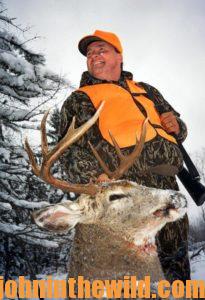 Why Deer Calls Sometimes Don’t Work During the Rut
Why Deer Calls Sometimes Don’t Work During the Rut
The rut’s happening right now in many sections of the U.S. For every one time a deer call is responsible for producing a buck during the rut, there may be several times it won’t, if:
* no deer are in the area to hear the call;
* the deer don’t want to be social;
* the dominant buck already has an estrous doe with him and doesn’t want to risk losing her in a fight;
* the buck has fought just recently and isn’t ready for another war;
* the buck is a subordinate buck and doesn’t want to challenge the dominant buck;
* the hunter isn’t saying what the buck wants to hear; or
* other hunters have used rattling antlers and grunt calls so much, the bucks aren’t responding.
Recipe: Mr. Miller’s Venison Roast
One of our favorite places to hunt in years past was at Westervelt Lodge near Aliceville, Alabama, and we always enjoyed the lodge manager’s venison roast that he served sliced as an appetizer. Here’s the recipe that our family has loved for more than 40 years.
Ingredients:
1 (3-4 pound) venison roast
1 cup water
1 package dry onion soup mix
5 pieces of bacon
Preparation:
Make a paste of the dry onion soup mix and some water, and rub all over the roast. Crisscross the roast with bacon pieces. Place 1 cup water in roasting pan. Cook at 250 degrees in oven, covered, for about 4 hours or until tender. Or, you can place in a smoker for 8 hours. You can serve this roast as a main meat for the meal or as an appetizer by pairing it with crackers and a quality cheese.
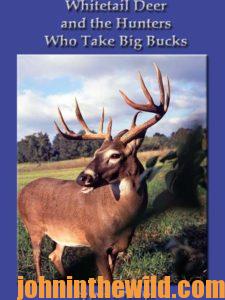
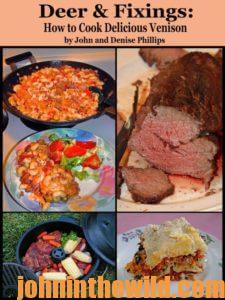 To learn more about hunting deer, check out John E. Phillips’ book, available in Kindle, print versions and Audible, “Whitetail Deer and the Hunters Who Take Big Bucks,” (http://amzn.to/2bYwYOK). You may have to copy and paste this link into your browser. (When you click on this book, notice on the left where Amazon says you can read 10% of this book for free and listen to 10% of it for free). Also check out “Deer & Fixings” cookbook, available at http://amzn.to/WGaJLT.
To learn more about hunting deer, check out John E. Phillips’ book, available in Kindle, print versions and Audible, “Whitetail Deer and the Hunters Who Take Big Bucks,” (http://amzn.to/2bYwYOK). You may have to copy and paste this link into your browser. (When you click on this book, notice on the left where Amazon says you can read 10% of this book for free and listen to 10% of it for free). Also check out “Deer & Fixings” cookbook, available at http://amzn.to/WGaJLT.
Tomorrow: What You Need to Know about Deer Tracks and the Deer Rut

